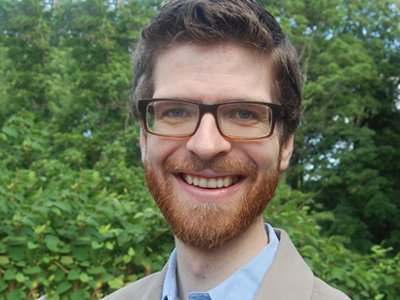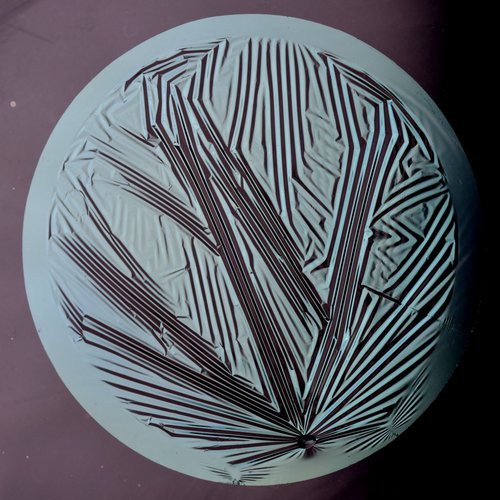
by Emily Halnon
Joseph Paulsen, associate professor and director of undergraduate studies in the Department of Physics, has been awarded a grant from the National Science Foundation for his project, “Understanding stress focusing in thin solids in the absence of tensile loads.”
In this project, Paulsen will investigate the physics of thin materials, to better understand what happens when they’re bent, twisted and wrinkled into different forms.
Thin materials are prevalent in our daily lives. They include clothes, plastic wrap, flowers, tin foil and our own skin. All of these thin materials share some important basic physics – they are easier to bend or curl, but require more force to stretch. This is what makes paper or plastic wrap floppy, whereas thicker objects retain their shape more readily, like a piece of lumber or a dinner plate.
More subtle behaviors of thin films turn out to depend on what they are made of and how they are handled; our clothing typically forms smooth wrinkles, where as a crumpled ball of foil is covered in sharp creases and points. The goal of this research is to better understand when these features turn out to be smooth and when they become sharp. This simple question is deceptively difficult to answer, but it is important because it affects a wide range of materials and technologies, such as wearable sensors.

Recently, Paulsen’s research team determined a set of conditions for when sharp features should form. However, these conditions don’t apply to all situations, such as pushing a flat sheet around a curved object, e.g., placing an adhesive bandage on an elbow. With the NSF grant, Paulsen will further explore these conditions and seek to apply them to a wider range of situations.
Experiments will include applying different pressures on plastic films and soft spherical caps, to see when the materials form sharp features and when they are smooth. Additionally, he and his team will look to develop mathematical models that can be widely applied.
Paulsen hopes to uncover information about the physical behaviors of thin materials that can scale to any size, leading eventually to applications in material systems ranging from the very small to the very large, from graphene films, to food packaging to deployable satellites.
